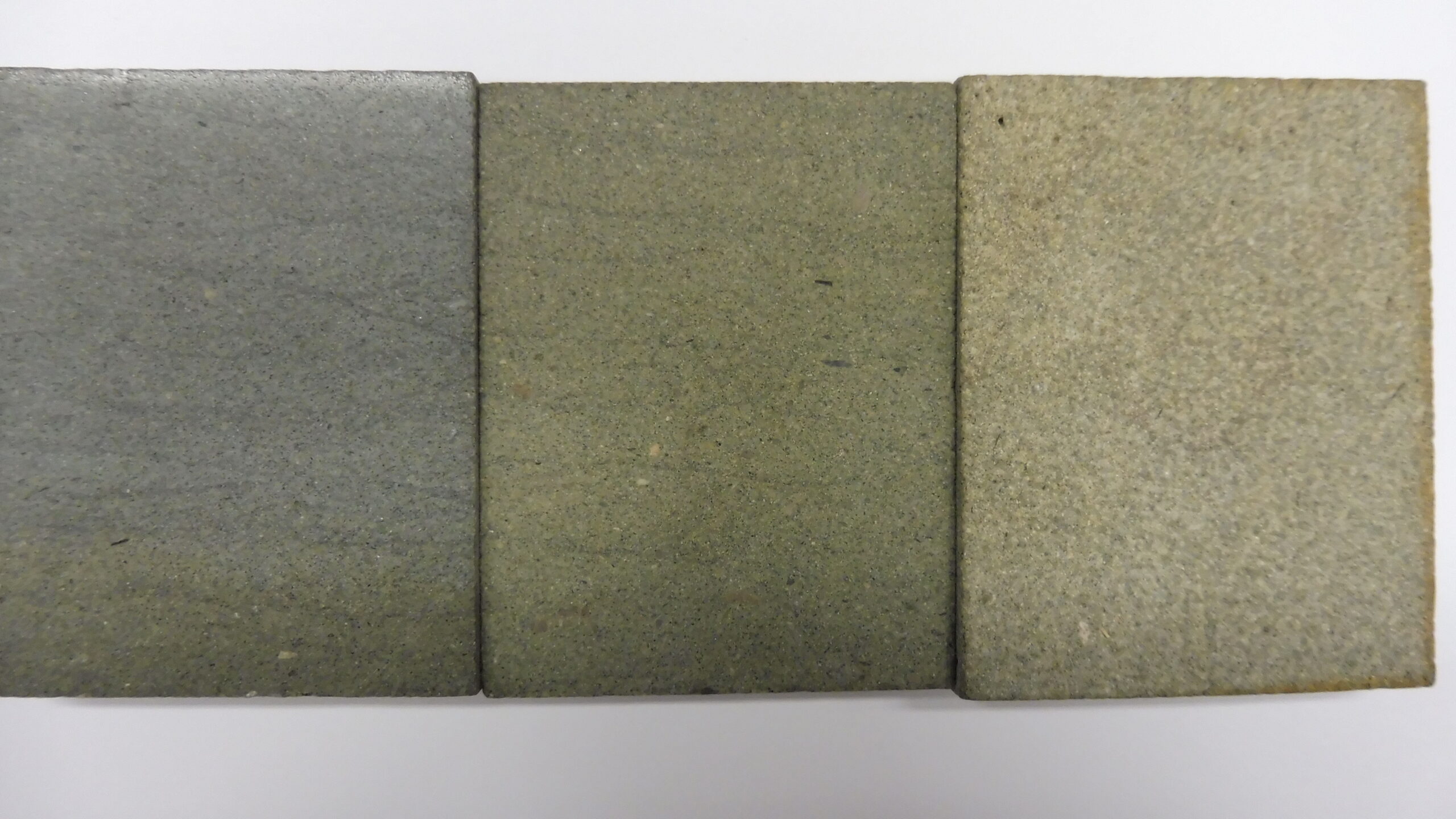RELICT OF THE PAST OR MATERIAL OF THE FUTURE?

Nowadays, the negative aspects of the development of our civilization are being discussed more and more. Starting with the lack of respect to natural resources and ending with production of massive amounts of, often very dangerous, waste. Where should we fit the stone processing industry within these deliberations? Are we, as stonemasons, aware of how the materials that we use fit within the concept of sustainable development?
Recently, we had the opportunity to follow a debate on materials used in construction. It was about the reasons why designers and investors do not choose the best materials but only …
What are the criteria of the responsible persons and what do they choose? There are several answers. Among the most important are: minimisation of costs (cheaper = better because of smaller investment costs and faster return of expenses etc.), absence of legal norms that would require pro-ecological choices, low general awareness and inclination to choose the better advertised but not necessarily better products.
Because the price and (non)awareness criteria were the most common, they deserve greater attention. This is especially because these criteria are closely connected. When you take a look at the price, it is easy to say what is cheaper and what is more expensive. Apart from the already mentioned price, there are many factors that need to be taken into consideration, if we want to evaluate the situation correctly. In the end you find out that more expensive products are actually cheaper. This is the case of natural stone, which gives this material a huge advantage now and also for the future. It is worth to be aware of. And first of all – to inform the clients, architects and designers about it.
What does an informed market participant pay attention to? What makes stone unique from ecological point of view?
1. Primal resource. Stone is a 100% natural material which has no impact on the environment. To the contrary, it is its natural component.
2. A little processed product. The quarrying and processing of stone slabs has a very little impact on its original characteristics.
3. Low energy input. To make a single tile, windowsill, or kerb, a relatively small amount of energy, in comparison with other materials, is needed.
4. Lifespan In comparison with most substitutes, products from natural stone have a very high durability and serve their function for many years.
5. Re-usability. In many cases, stone products are re-usable.
6. Recycling. All stone products can be recycled and turned, for example, into aggregate.
7. Neutrality. Even if stone eventually ends up at a dump, its impact on the environment is neutral.
8. ZERO WASTE. The stone production is almost waste free. This makes it fit into the trends of sustainable development in construction, which are becoming more appreciated.
9. Tradition. Although new methods and modern technologies are being introduced, stone production is still based on traditional craft models. This is connected to individual and personal attitude to the performed tasks.
10. Carbon footprint. The CO2 emissions, in the case of products made from natural stone, are relatively low. And if you choose materials from local deposits (the distance between quarrying, processing, and the places of realization of projects, is not bigger than a few hundred kilometres), the transport footprint is also very low.
I am convinced that if we inform the public about these facts, it will be possible to show stone masonry in a good light, even today. It is worth to talk about ecological advantages of using stone because the group of customers who will be open to pay attention to these arguments will surely grow.
The only week point of this industry is its fragmentation. A few factories for substitutes (ceramics, concrete, sinter etc.) are able to produce much more and much cheaper than several thousand stone processing factories together. Who is therefore able to achieve savings of scale? Who has more marketing opportunities? If we are supposed to be heard, we need to be united.
Source: Kurier kamieniarski
Author: Krzysztof Skolak PZK | Published: 27.02.2020
